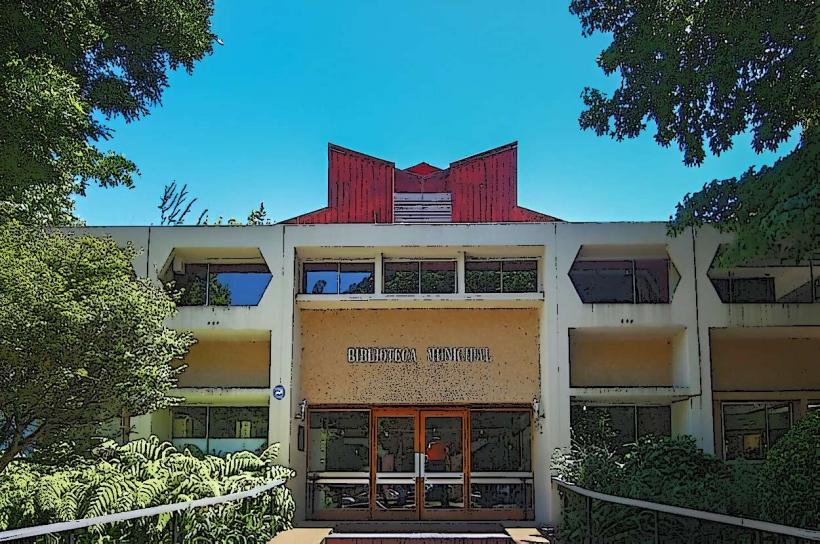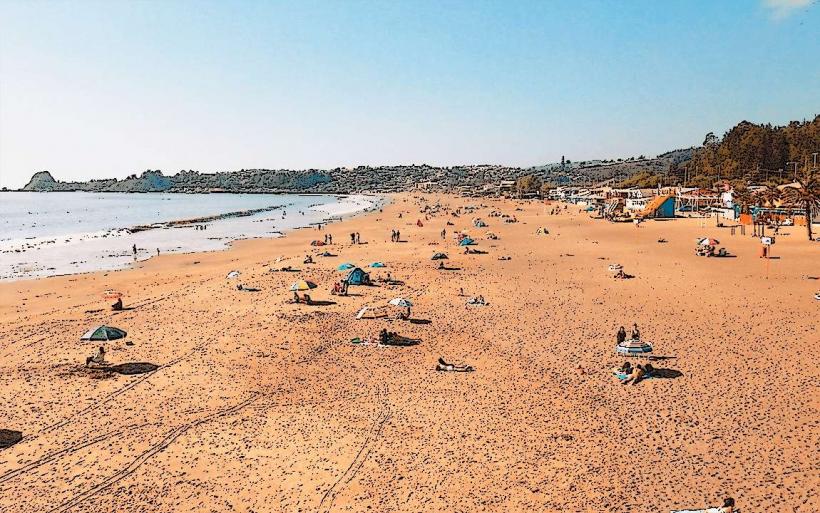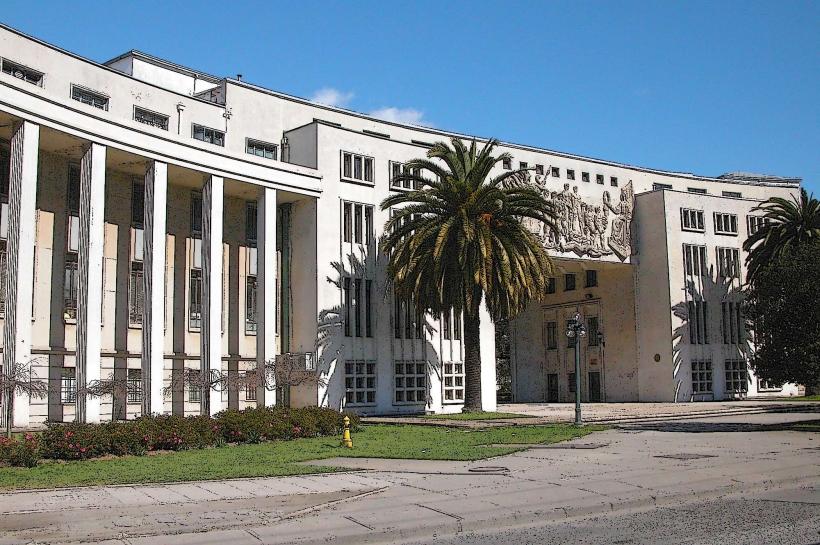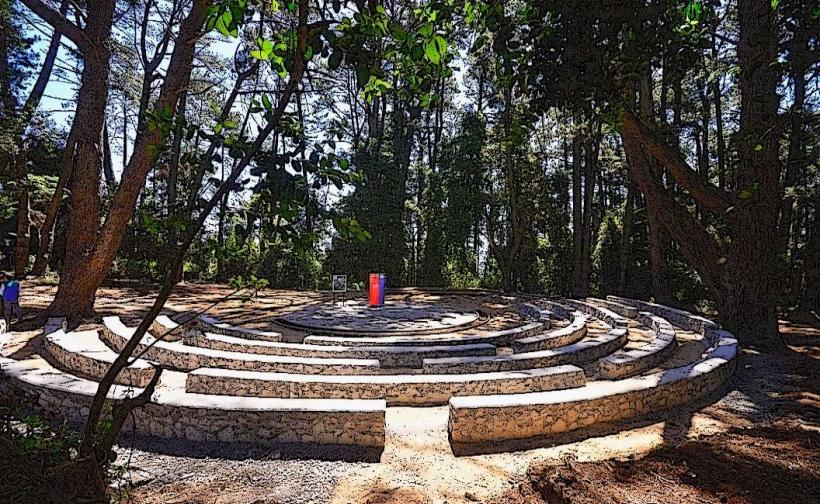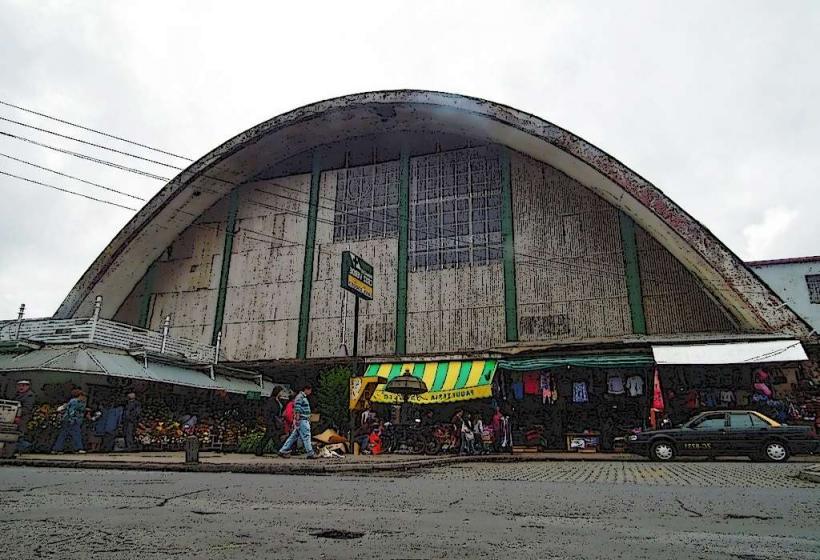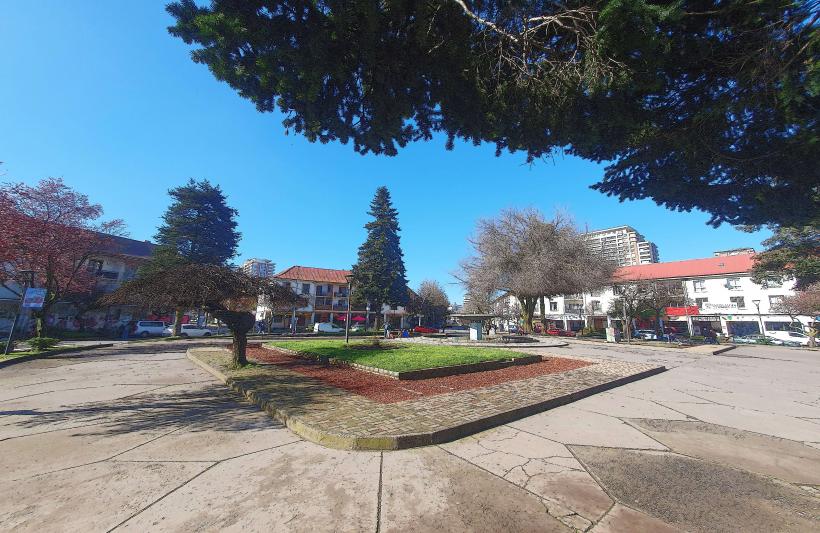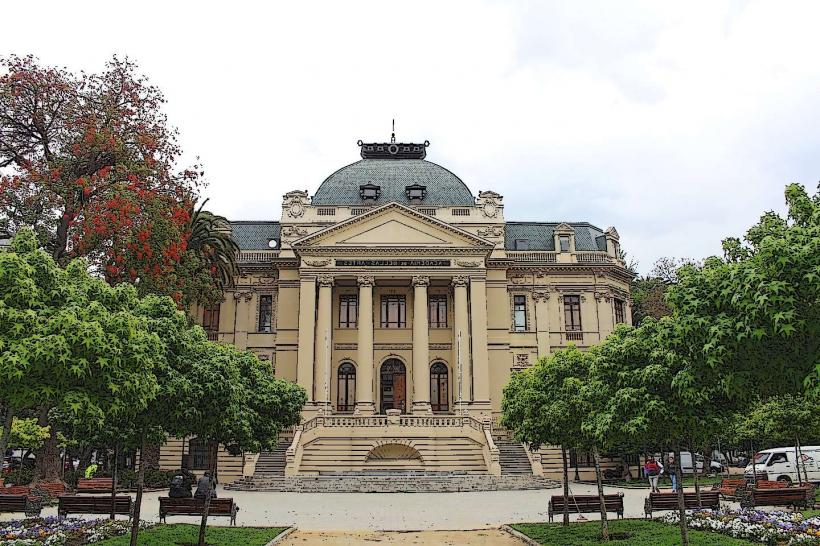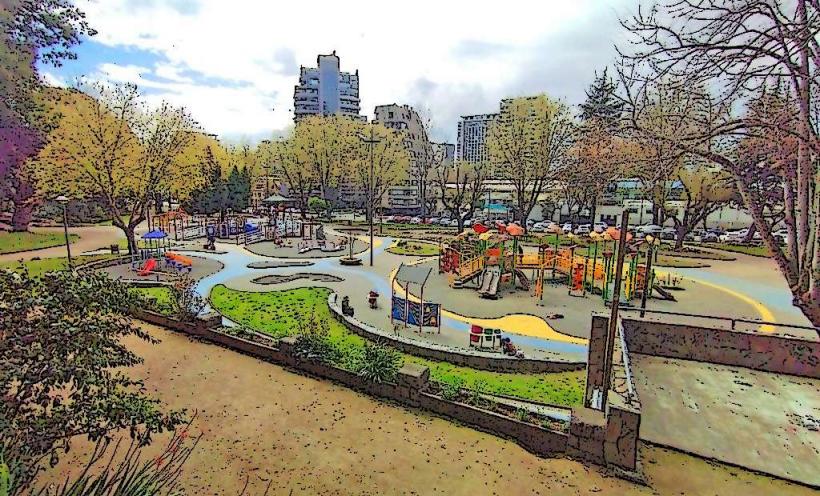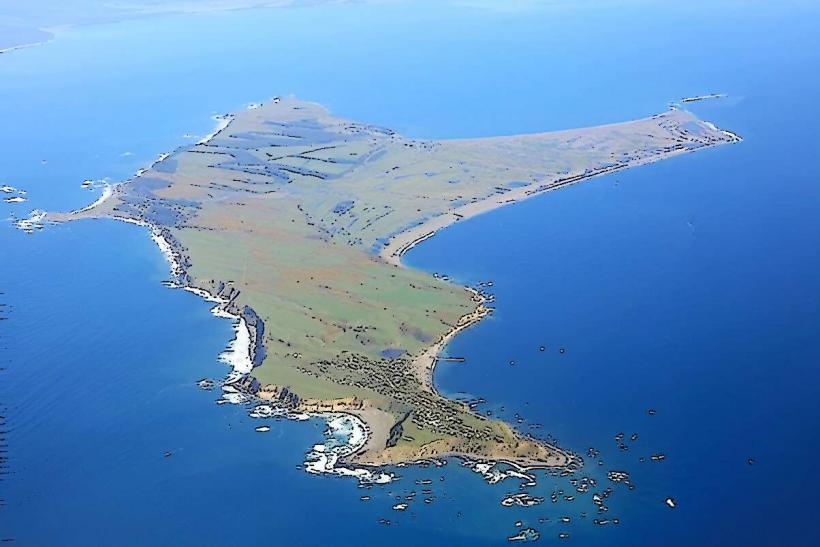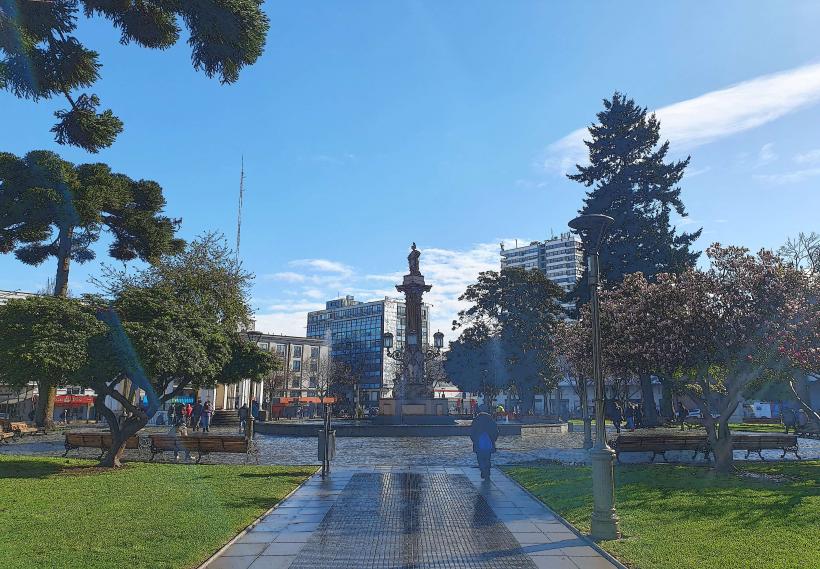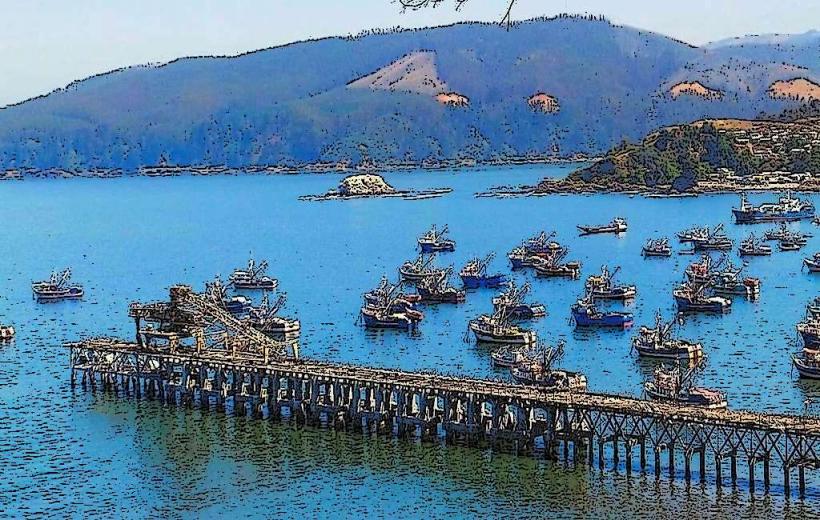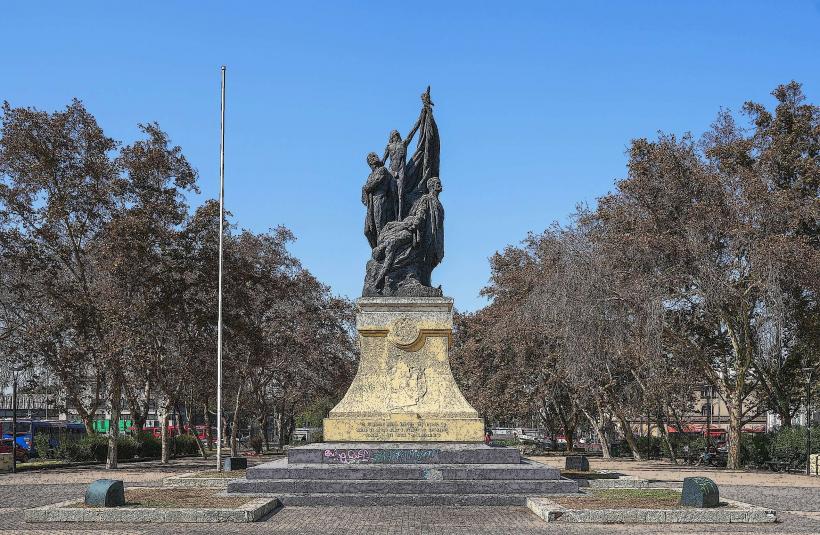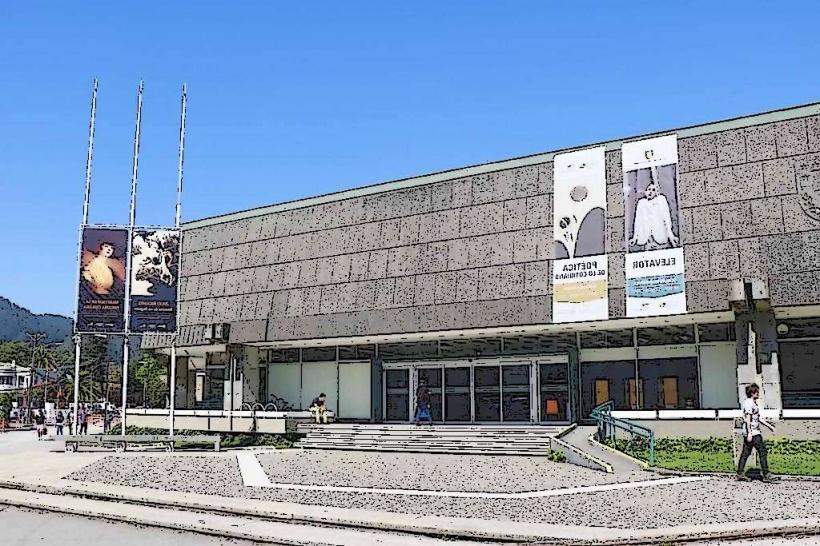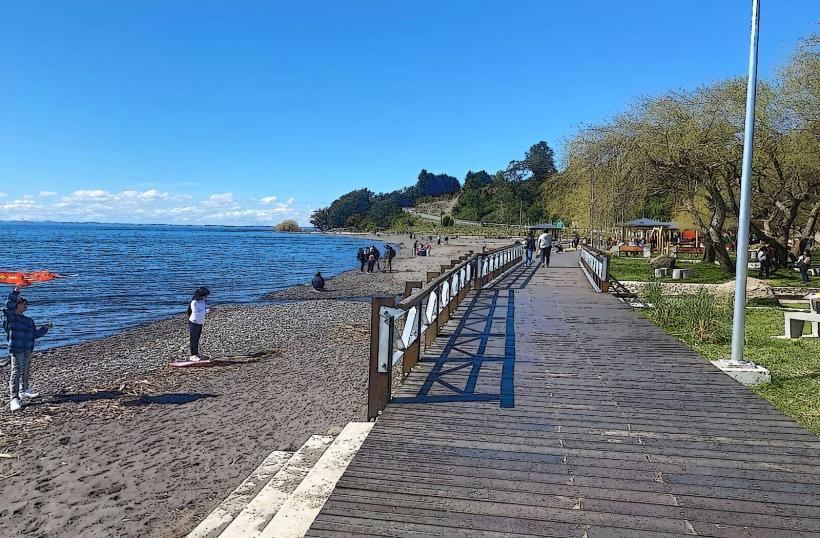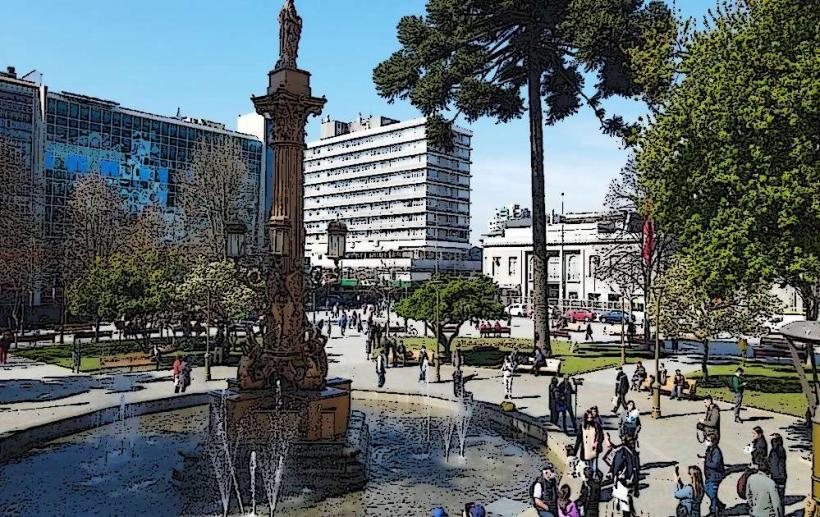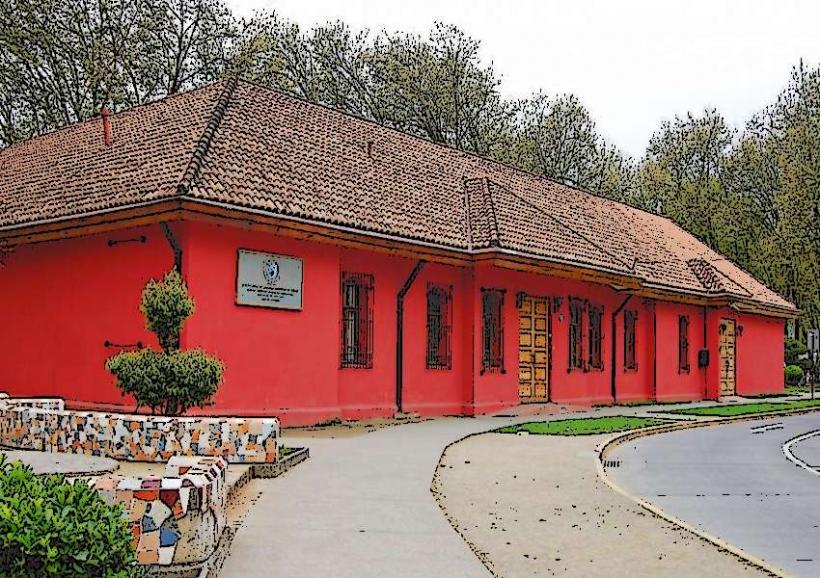Information
Landmark: Parque Nacional NahuelbutaCity: Concepcion
Country: Chile
Continent: South America
Parque Nacional Nahuelbuta is a stunning national park located in the Biobío Region of southern Chile, renowned for its breathtaking landscapes, rich biodiversity, and important role in the conservation of native species and ecosystems. It is part of the Nahuelbuta Mountain Range, and its name, "Nahuelbuta," comes from the Mapuche language, meaning "tiger’s heart," which reflects the region’s strength and wildness.
Key Features of Parque Nacional Nahuelbuta
Location and Access
Geographic Location:
Parque Nacional Nahuelbuta is situated about 500 kilometers south of Santiago, the capital of Chile. It lies between the cities of Los Ángeles and Curanilahue, in the Biobío Region. The park is easily accessible by road, with the nearest major city, Los Ángeles, being the main gateway for visitors.
Getting There:
Visitors can reach the park by car, with roads leading from Los Ángeles to the park entrance. Public transportation options are more limited, but some tour operators offer trips to the park. The park is also within a few hours' drive of the Pacific coast, making it a popular stop for tourists exploring central and southern Chile.
Natural Beauty and Biodiversity
Landscapes:
The park covers an area of approximately 6,000 hectares and is characterized by its rugged terrain, dense forests, mountainous areas, and valleys. The Nahuelbuta mountain range creates a spectacular backdrop for the park, with steep slopes and rolling hills that provide stunning panoramic views of the surrounding countryside.
Flora and Fauna:
Parque Nacional Nahuelbuta is home to a diverse range of ecosystems, including temperate rainforests, forests of native trees, and grasslands. The park is particularly known for its native forests, which feature Araucaria trees (also known as monkey puzzle trees), one of the most iconic species of the region. These ancient trees can live for thousands of years and are recognized as a national symbol of Chile.
The park also hosts a variety of flora and fauna, including:
- Araucaria forests with species such as coigüe, ñirre, and rauli trees.
- Wildlife such as pumas, huemul deer, Andean condors, and various species of foxes and birds.
- The park is a vital habitat for both endangered and protected species, and it plays an important role in preserving the region's biodiversity.
Activities and Attractions
Hiking and Trails:
One of the most popular activities in the park is hiking, with several marked trails that lead visitors through its lush forests and offer spectacular views of the Nahuelbuta Mountains. Trails range from easy walks to more challenging hikes, making it accessible to people of all fitness levels. Some of the most popular routes include:
- Sendero Laguna Escondida: A short, scenic trail that leads to a hidden lagoon surrounded by dense forest.
- Sendero Cerro Nahuelbuta: A longer, more strenuous hike that takes visitors to the highest point in the park, where they are rewarded with panoramic views of the surrounding area.
Wildlife Watching:
Parque Nacional Nahuelbuta is a great destination for wildlife enthusiasts. The park offers opportunities to observe native wildlife in its natural habitat, including pumas, huemul deer, foxes, and a variety of bird species, including the Andean condor. Birdwatching is especially popular in the park’s more open areas, where visitors can spot different types of raptors, waterfowl, and other bird species.
Photography and Nature Observation:
With its striking landscapes, diverse ecosystems, and abundant wildlife, the park is a haven for photographers and nature lovers. Visitors can capture the beauty of the Araucaria trees, mountain views, and wildlife in the park, making it a perfect destination for those looking to connect with nature.
Cultural and Historical Aspects
Mapuche Heritage:
The region surrounding Parque Nacional Nahuelbuta has been inhabited by the Mapuche people for centuries. The name "Nahuelbuta" itself is of Mapuche origin, and the park's history is closely tied to the cultural traditions of the Mapuche communities. The Mapuche have a deep connection to the land and its natural resources, and their cultural practices continue to influence the area.
Conservation Efforts:
The park is part of a broader effort to preserve the natural heritage of the Biobío Region, and it plays a key role in the conservation of the Araucaria forests and other native ecosystems. Parque Nacional Nahuelbuta is part of Chile's national park system, which aims to protect the country's diverse wildlife and natural resources.
Facilities and Services
Visitor Center:
The park has a visitor center that provides information about the park’s trails, wildlife, and conservation efforts. Visitors can also obtain maps, learn about the park’s history, and get advice on the best activities and routes for their visit.
Camping:
There are designated camping areas within the park, where visitors can enjoy the tranquility of the forest and spend a night under the stars. The camping areas are equipped with basic facilities such as picnic tables, restrooms, and barbecue areas, making it an ideal spot for those who wish to immerse themselves in the natural beauty of the park.
Guided Tours:
For those who prefer a more informative and structured experience, the park offers guided tours. These tours are led by knowledgeable park rangers or local guides, who provide insights into the park's history, biodiversity, and conservation efforts.
Conclusion
Parque Nacional Nahuelbuta is a hidden gem in southern Chile, offering a unique combination of stunning natural beauty, rich biodiversity, and cultural significance. Whether you're an avid hiker, a wildlife enthusiast, or someone simply looking to enjoy the peacefulness of nature, the park provides a wide range of opportunities to explore and connect with the landscape. With its Araucaria forests, mountain views, and diverse wildlife, Parque Nacional Nahuelbuta is a must-visit destination for nature lovers and anyone seeking to experience the natural wonders of Chile.

